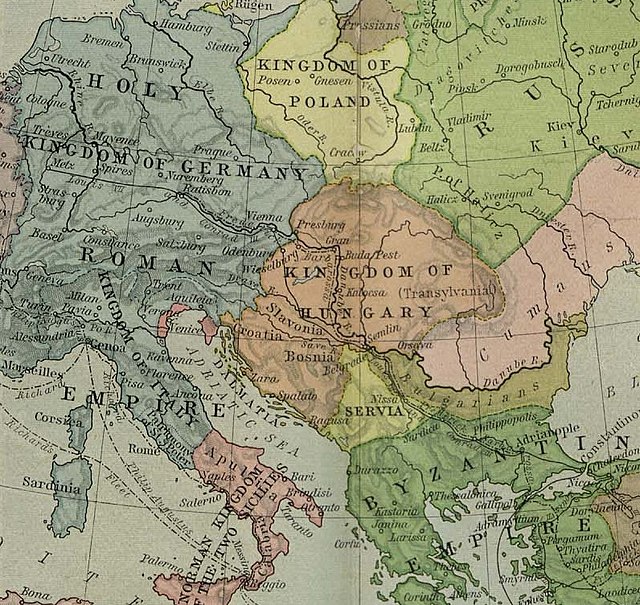Vlachs in medieval Bosnia and Herzegovina
Vlachs in medieval Bosnia and Herzegovina were a Western Balkans population descending from a mixture of Romanized pre-Slavic Romance-speaking peoples and the South Slavs. From the 14th century the ethnic meaning of term "Vlach" was replaced with societal meaning and often meant the Slavic population with similar lifestyle. They practiced transhumance as herdsmen, shepherds, farmers, and in time developed peculiar socio-political organizational units known as katuns. With their caravans, Vlach carried out much of the traffic between inland and coastal cities such as Dubrovnik. They also had close contacts and militarily served various Bosnian noble families and kings.
Vlach funerary monuments in Radimlja
Zachlumia or Zachumlia, also Hum, was a medieval principality located in the modern-day regions of Herzegovina and southern Dalmatia. In some periods it was a fully independent or semi-independent South Slavic principality. It maintained relations with various foreign and neighbouring powers and later was subjected to Kingdom of Hungary, Kingdom of Serbia, Kingdom of Bosnia, and at the end to the Ottoman Empire.
Zahumlje in 1190 as a lower part of Kingdom of Hungary
Miroslav Gospel, one of the oldest surviving documents written in Serbian recension of Old Church Slavonic, was created by order by prince Miroslav of Hum
Part of Zahumlje under Medieval Serbian Kingdom in 1265




